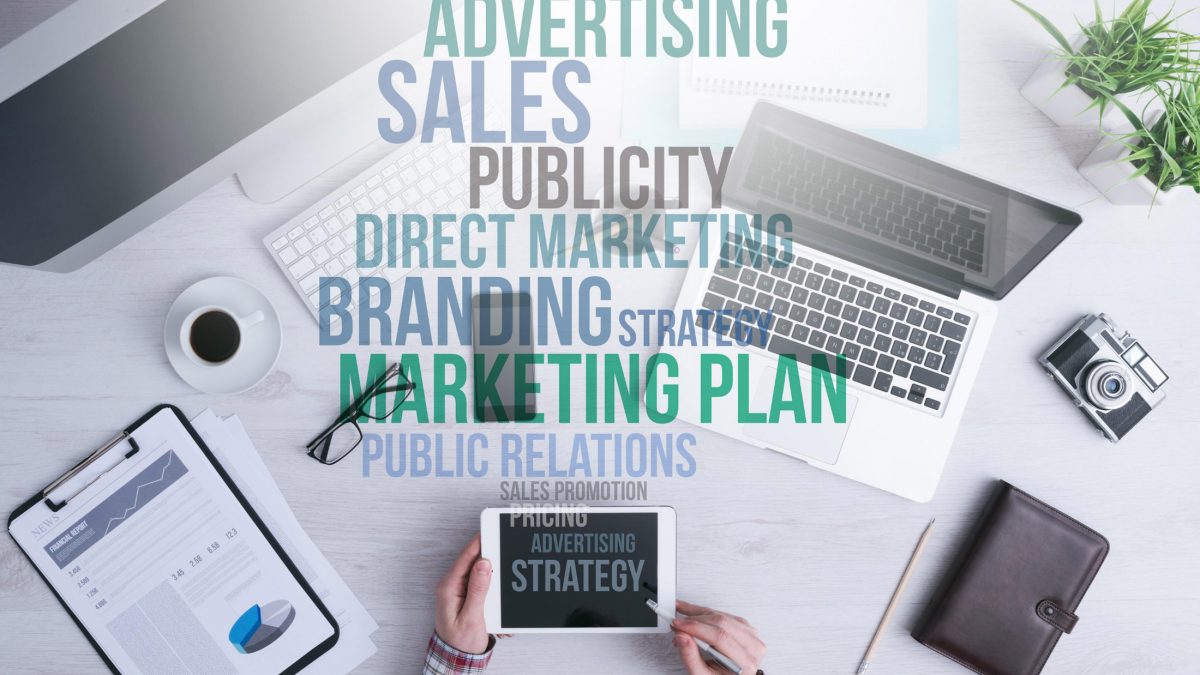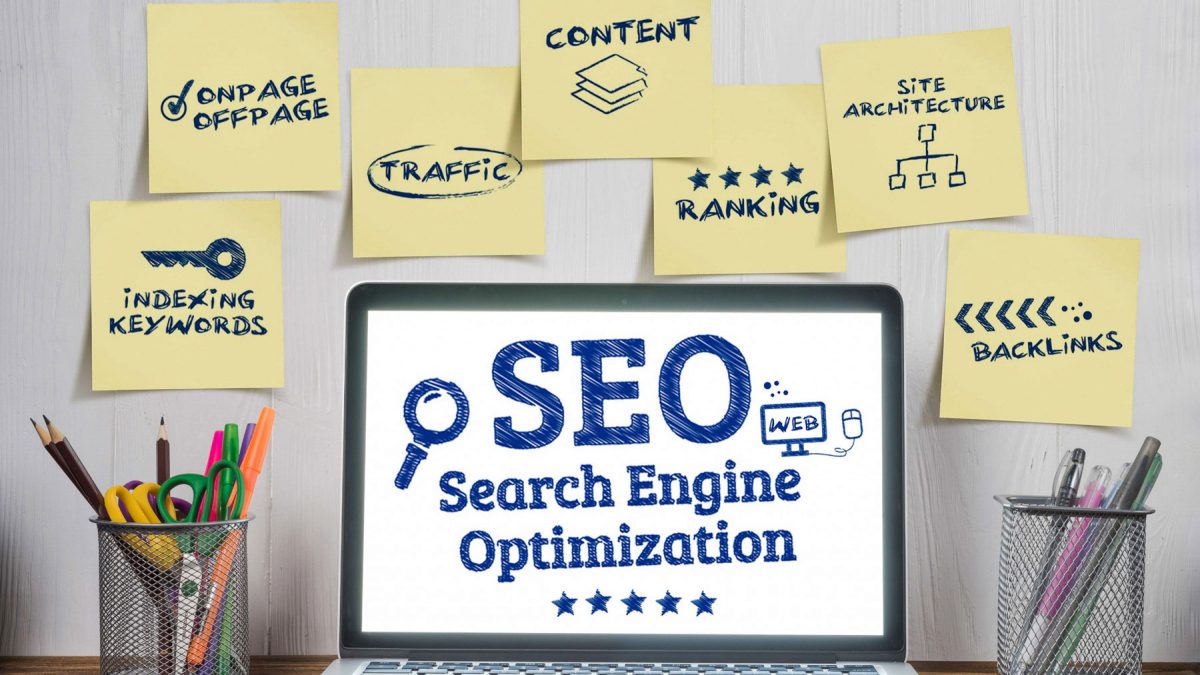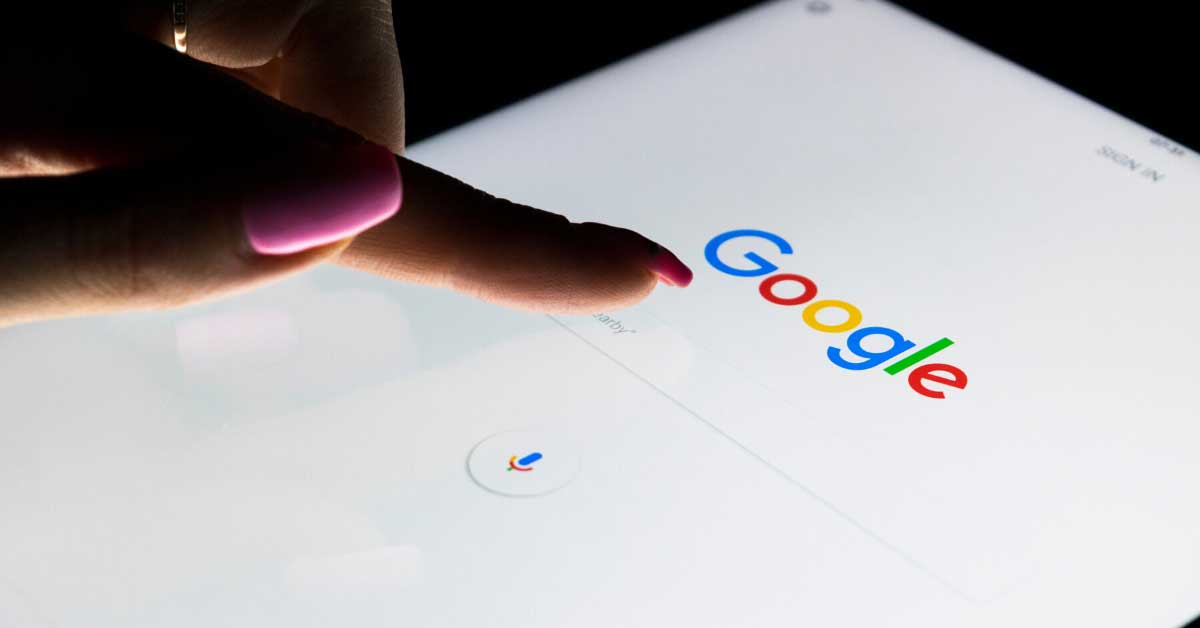Are you trying to market your small business but feel it is nearly impossible because larger firms have an advantage? The good news is that you can now generate marketing strategies at the same rate as a larger business, and still gain the necessary tools to promote your business without breaking the bank. Save time from searching and learn five ways to market your small business today.
- Produce Compelling Content
Like any start-up business, building a website alone is never enough. Many entrepreneurs quickly realize the need for engagement. So how do you create compelling content? It’s simple. You give clients something they can value. By creating blogs and integrating SEO practice to your website, your clients can easily locate more information on topics that matter with a few clicks away. The uploaded content should correlate with the theme of your business so that you better define your niche and create a space where back and forth commentary is invited.
- Get Your Social Media On
Nothing says marketing more than social media. There are many ways to reach audiences by simply sharing content and any updates across all social platforms. Remember to always aim to remain consistent with uploads so that your followers acknowledge your presence as an overall brand. Keep new, upcoming product releases interesting by showing sneak peeks to keep the momentum going. Also, use alluring images and infographics for even more eye-catching content.
- Email Market Your Way to Sales
Every morning we wake up and check our emails. It has pretty much become human nature at this point. Which is why email marketing is one of the easiest ways to ease your way into potentially creating a sale. Consider adding a newsletter feature to your webpage so interested or existing customers can get the latest updates. Use opt-in features and give an overview of what you will send out. This strategy is basic but effective if done the right way as it can help build trusting relationships between you and the client as well as add long-term assets towards your business.
- In-List on Business Directories
In-listing your business on business directories sites such as TripAdvisor or Yelp, is a perfect tool to request, especially if you are in the hospitality industry. Not only get noticed but also become more susceptible for a booking compared to a business that is not listed on a business directory.
- Run Facebook Ads
Running Facebook Ads is a budget friendly way to get started on driving traffic towards your target audience. Many small business owners use it as an opportunity to gain awareness on new campaigns and target nearby users using geographic settings.
Contact us to find out how we can help with your business’s digital presence. For a free consultation to formulate a strategic and affordable plan, call us today at 251-583-2605 or visit www.southernviewmedia.com. We are a Google Partner Agency and will be happy to answer your questions.











